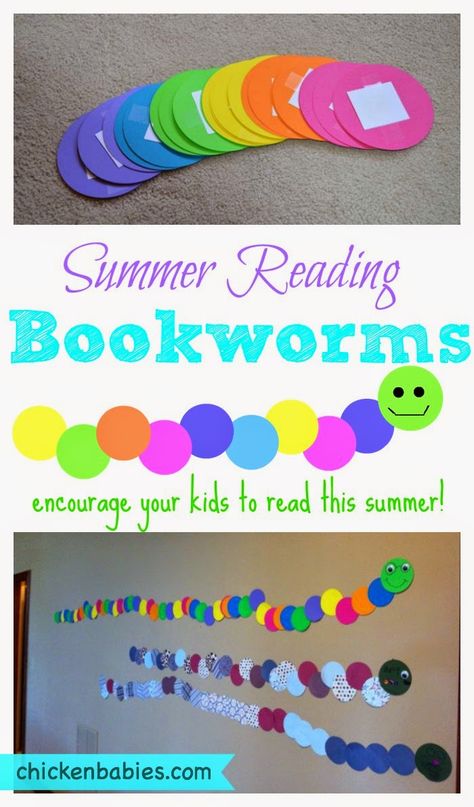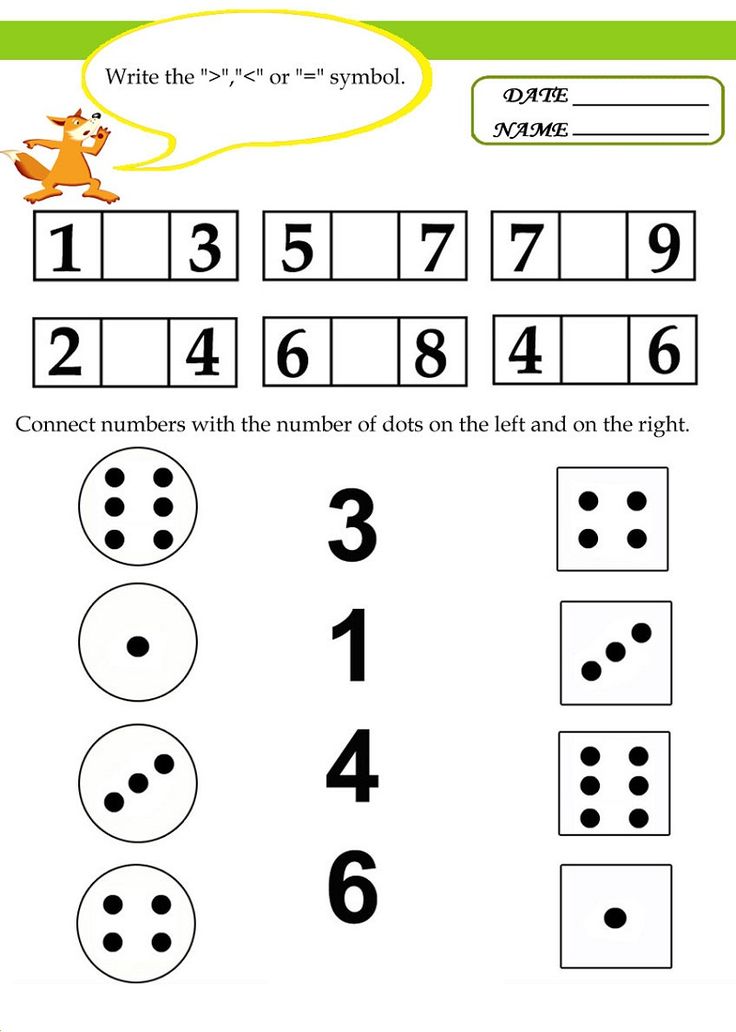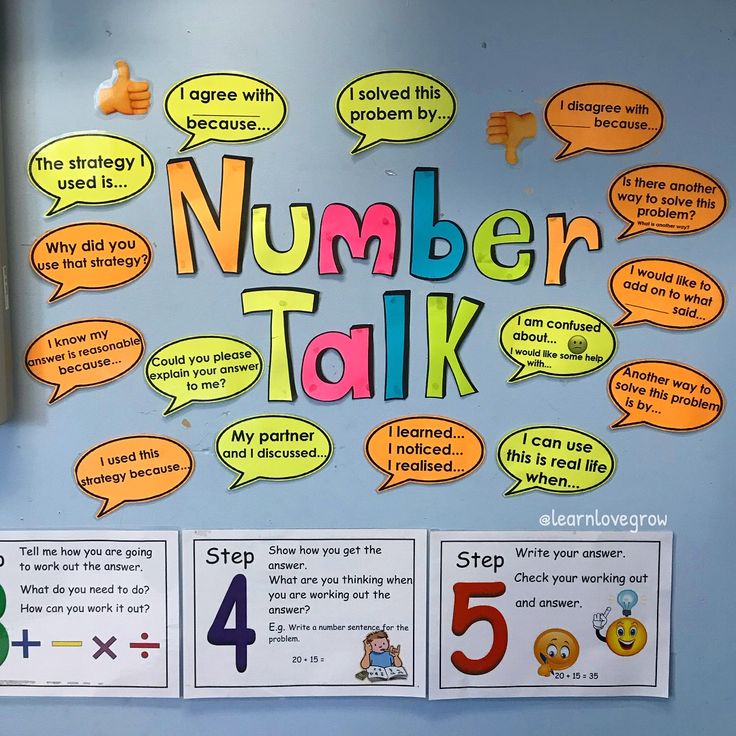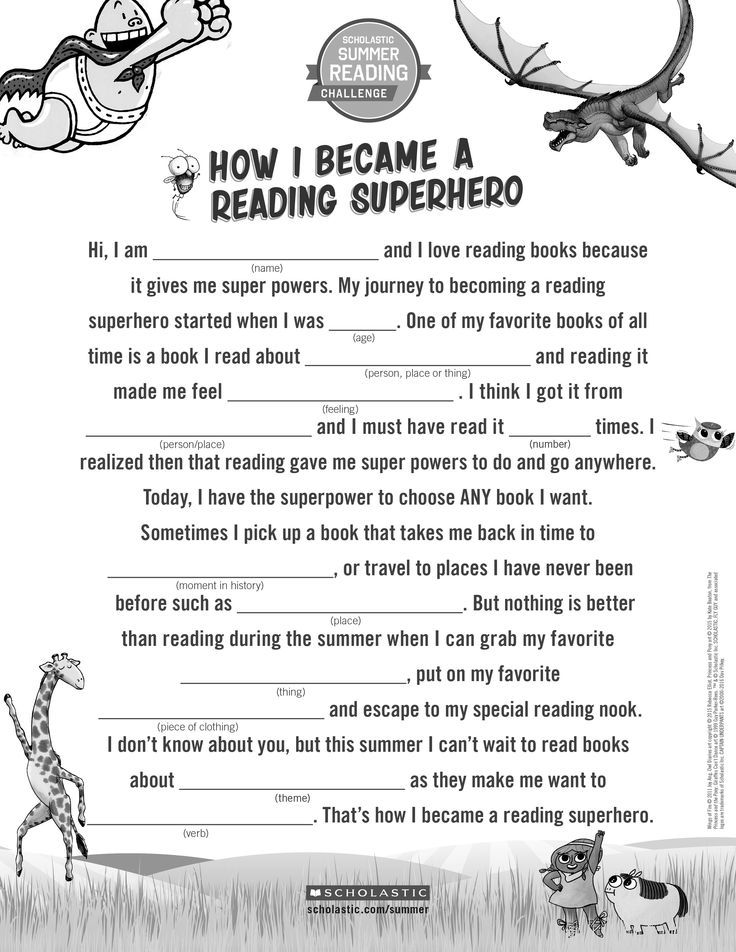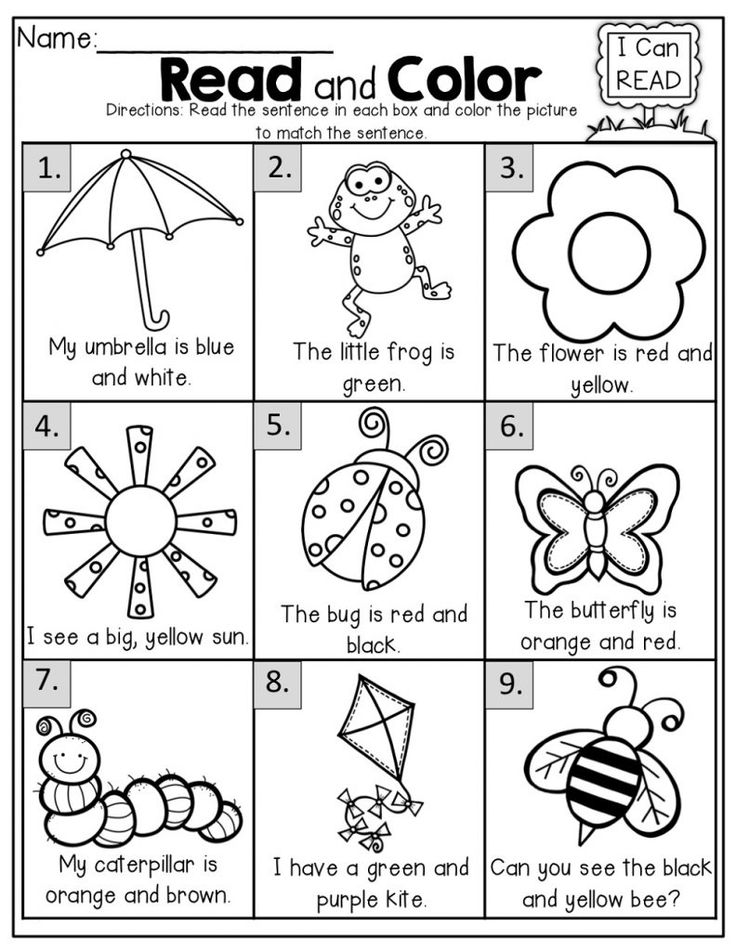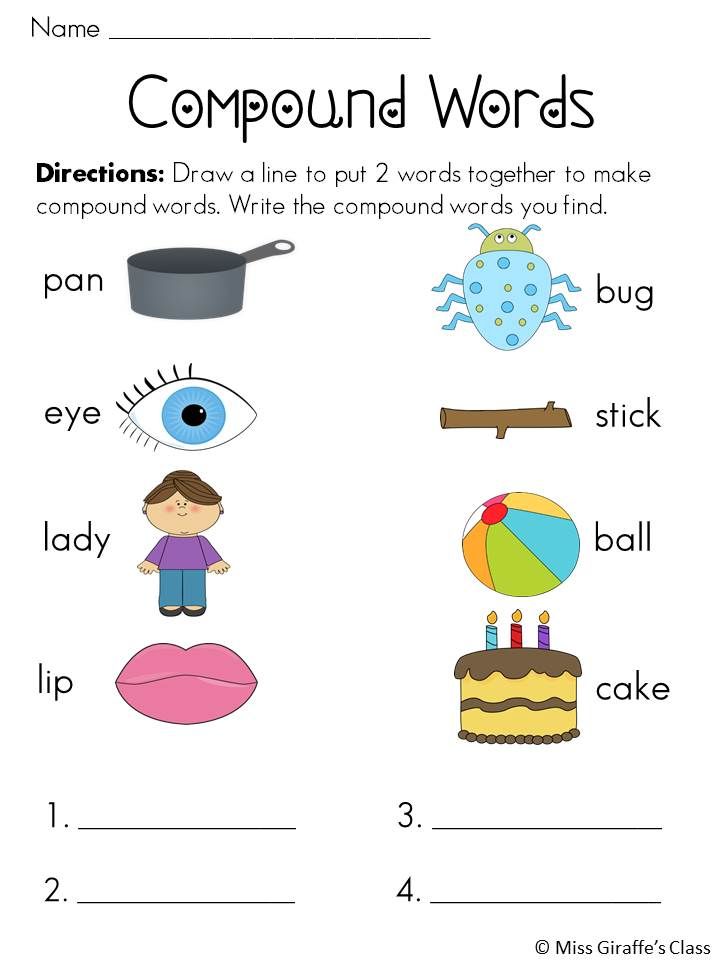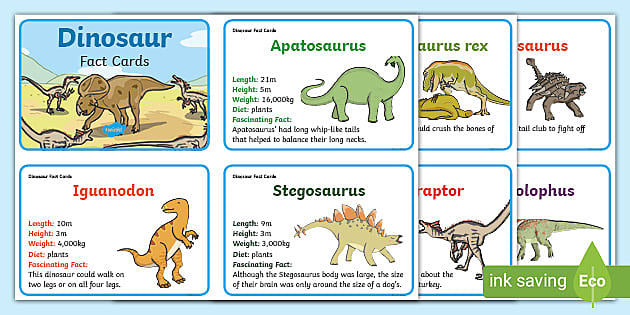Learning numbers activities for toddlers
Top 15 Counting Activities for Toddlers
Counting and counting activities for toddlers is a topic that many parents would love to find more information about. This article has been put together with the intention of giving you 15 simple activities that will keep your toddler entertained while also developing their counting skills. With these counting games, your toddler will be learning through play and developing their math skills at the same time!
Basic Numeracy Skills: How to develop them
Numeracy skills for toddlers is an important aspect that parents need to know about. Being able to answer counting questions will give your child the opportunity to become more comfortable with numbers and counting in general, which is an important step on the way to learning simple math concepts later on. So how can you help your toddler develop these numeracy skills?
Teach your child the counting sequence from one to ten
Simple counting activities, like counting from 1 to 10 until your child can memorise it, are important. Make sure to start with the basics and slowly build up counting activities for toddlers by introducing them to more challenging activities, like board games and math activities when they are ready!
Introduce the concept of numbers through counting objects and telling time
After they have familiarised counting from one to ten, you can start counting objects and telling time. Having counting activities for toddlers, such as counting eggs in a basket, and other household items, is an excellent way of introducing the concept of numbers as part of their everyday experiences.
Always give your toddlers an opportunity to count
Numbers can be found everywhere, like household items or other physical objects, and you can use that as an advantage to help your children practice counting. For example, if you just got home from grocery shopping, let them count how many apples you bought.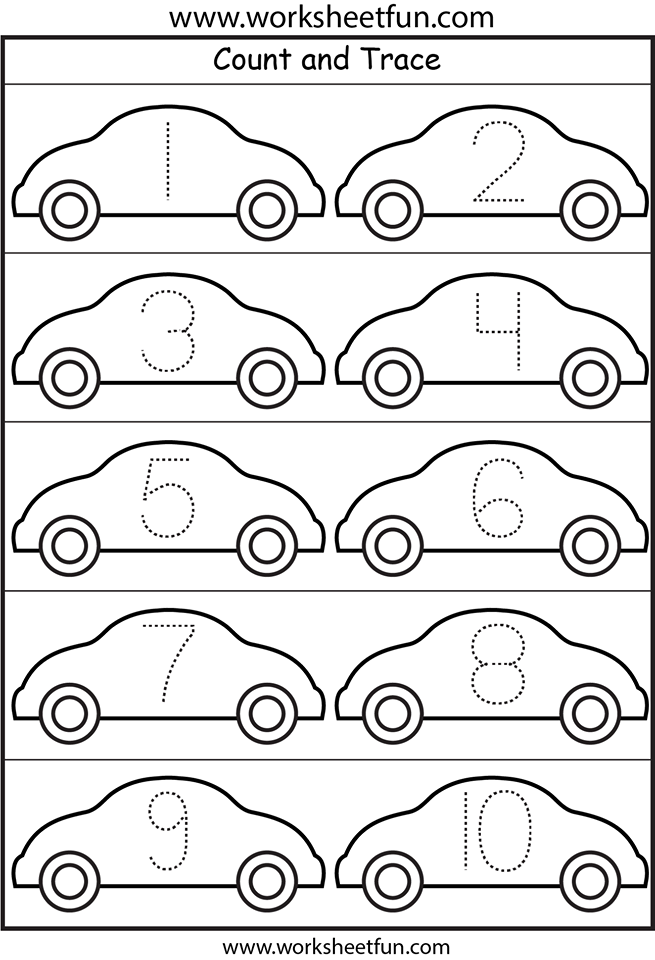 It is a fun counting activity that will develop their counting skills naturally.
It is a fun counting activity that will develop their counting skills naturally.
If you are interested not only in developing your child’s counting skills but also related skills that are essential for their brain and cognitive development, enrol them now at Okinja Early Learning Centre. Your child will be part of our growing family in a warm and safe environment.
Contact us today!
Counting Milestones
0-12 Months
This is the first counting milestone. During this stage, they are still in the process of learning to count. They may be able to count one or two items, but this is still too early for them to do a variety of activities that are more complex than counting the number of fingers on their hands.
13-24 months
After reaching 12 months old, your toddler can now start counting things and understanding numbers a bit better.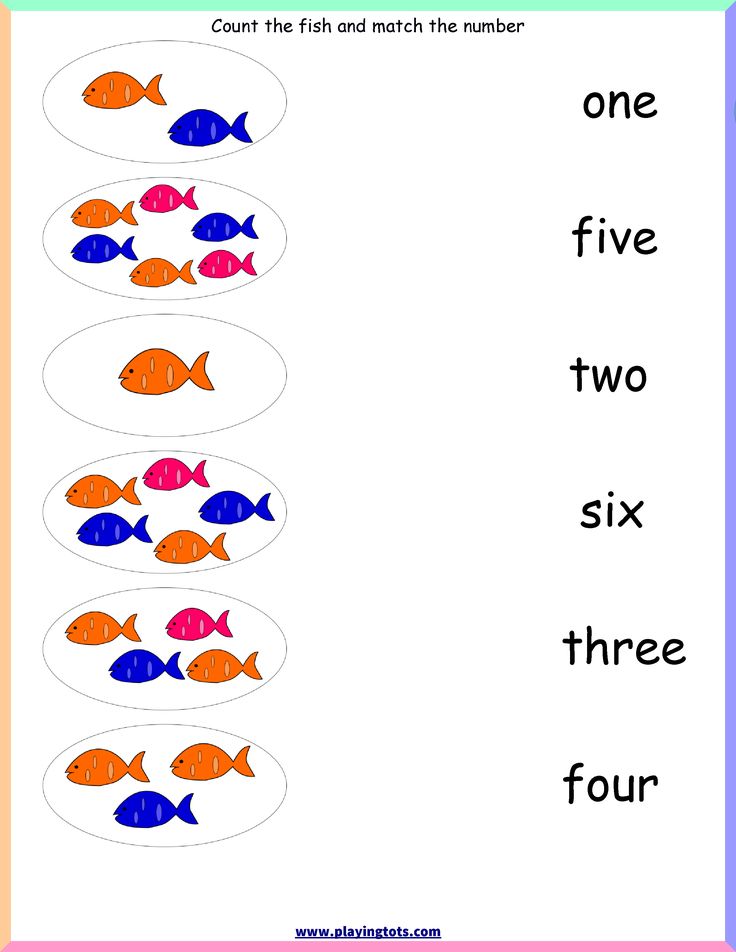 This is the time when counting activities for toddlers are introduced into their everyday activities. This is about counting how many apples you have, counting steps to get upstairs or counting the number of toys they own.
This is the time when counting activities for toddlers are introduced into their everyday activities. This is about counting how many apples you have, counting steps to get upstairs or counting the number of toys they own.
25-36 months
This stage will push your toddler’s counting skills even further and is a good time for you to integrate creative learning ideas. They may start recognising numbers when seeing them on objects and counting more complex things, such as slices of apple, counting flower petals, or even understand the concept of halves.
37-48 months
This is the time when counting becomes a fun activity for your toddler! They will be able to count even more items, understand basic math skills, like simple addition and subtraction, and count objects that are in a sequence.
15 Fun Counting Games for Toddlers
To help your toddler achieve these major milestones, you have to introduce them to counting games that will push their counting skills even further.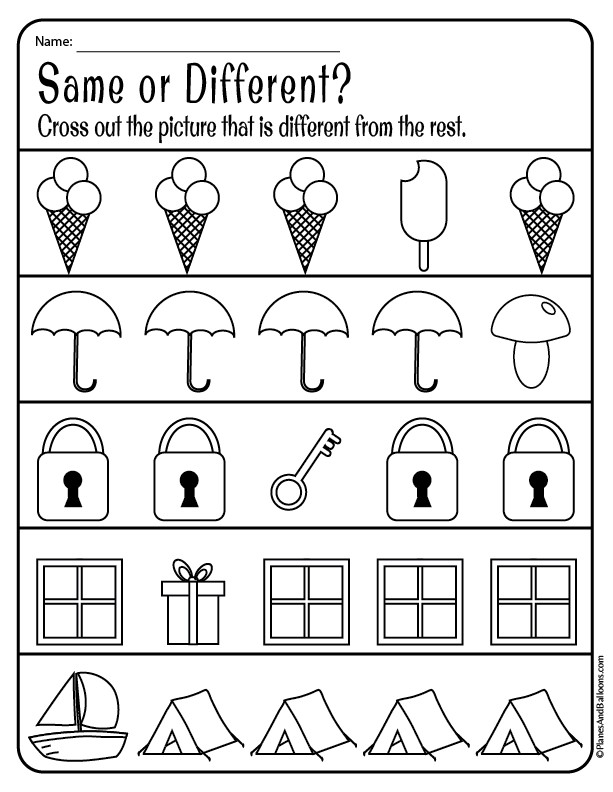 Here are 15 counting activities for toddlers that will help their maths abilities at school.
Here are 15 counting activities for toddlers that will help their maths abilities at school.
1. Watch YouTube videos like 5 Little Monkeys
Nothing is more fun for a toddler than watching videos. Make that as a learning opportunity to introduce counting to them through simple videos. Let them watch a video of 5 Little Monkeys, or videos with a similar concept, and ask how many animals they can see or point out numbers you hear being said in the song.
2. Magnetic fishing game
If your toddler loves fishing, this game will be entertaining for them.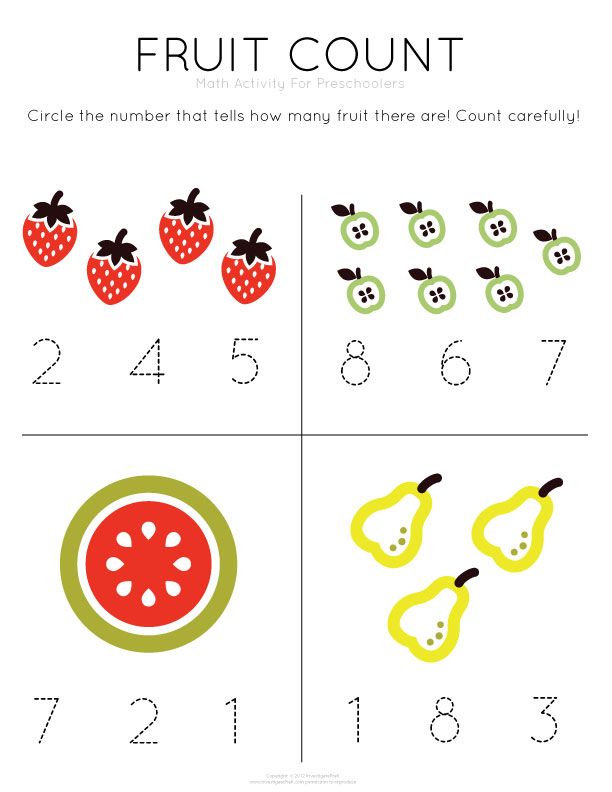 You can get a magnetic fishing game toy for an affordable price and let your toddler play counting games with it by counting the number of fish they catch or how many fish are left on the stash. Kmart has one for $5.
You can get a magnetic fishing game toy for an affordable price and let your toddler play counting games with it by counting the number of fish they catch or how many fish are left on the stash. Kmart has one for $5.
3. Songs about numbers
A lot of resources are available on the internet and counting songs can be found among them. You can search the internet for ideas for counting songs for kids. If you are travelling, or even at home, play these songs and sing along with them.
4. Counting games with counting bears
Counting bears are educational toys for toddlers that will help your child learn different counting skills. These cute little stuffed animals can be used in counting activities for toddlers by making them count the number of eyes, arms and legs they have or even play a matching game where you need to match how many eyes each bear has.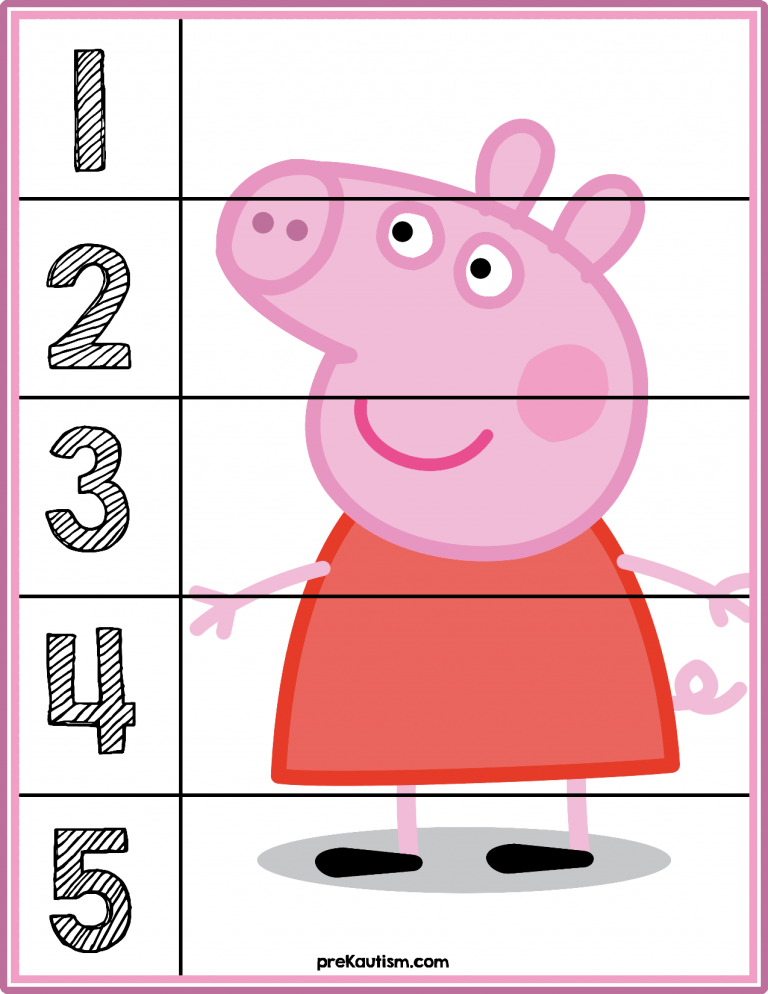
5. Find counting objects in your house
This is a counting activity for toddlers that will help them develop counting skills through exploring their surroundings. Ask them to find as many counting objects they can see around the living room or kitchen and let them tell you what each object represents, such as how many cups we have, how many spoons are there, etc.
6. Go on a Numbers Hunt
What’s more entertaining for a child than hide-and-seek? But this time, make it more educational. Hide some numbers around your house and let your toddler find them. If they find a number, and they are able to tell what number it is, you will give them a reward. If you have more than one child, this is also a great bonding game for them.
7. Trace the Numbers
This is an activity that will enhance their counting and writing skills.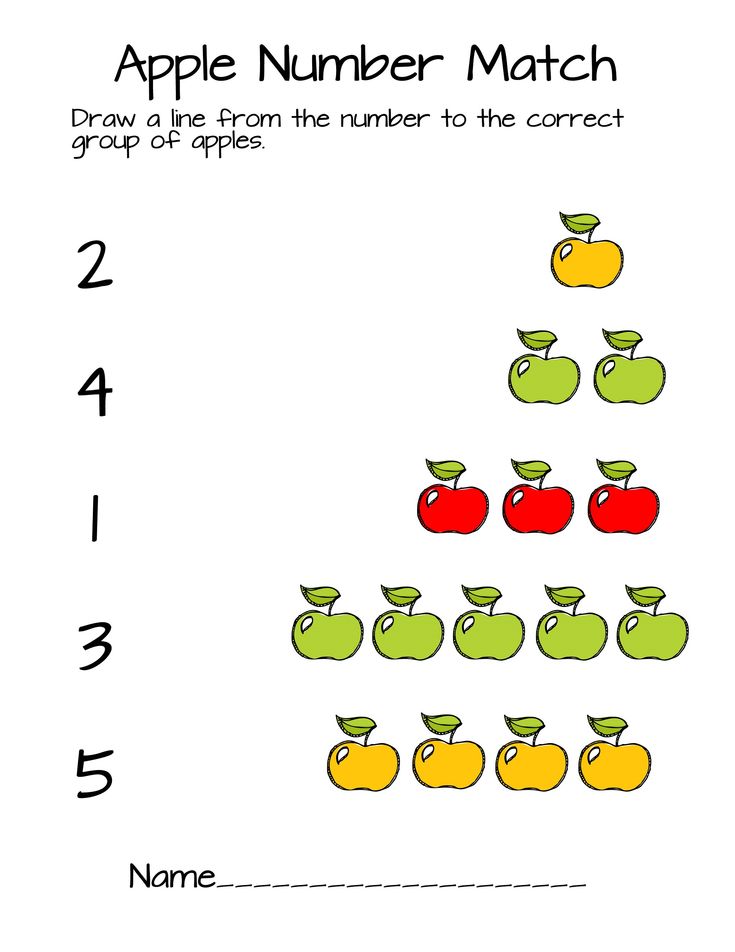 Teach them how to hold a pen correctly, and help them write counting numbers. You can buy tracing cards with counting numbers for children or use regular paper and draw the number yourself, then ask your toddler to trace over it with a pen.
Teach them how to hold a pen correctly, and help them write counting numbers. You can buy tracing cards with counting numbers for children or use regular paper and draw the number yourself, then ask your toddler to trace over it with a pen.
Here at Okinja ELC, we put an emphasis on play-based learning because we believe it is a foundation for educational growth and lifelong learning. Enrol your child today!
8. Count the characters in a story book
Toddlers love scanning through books with colourful illustrations and interesting character. If they have no interest in reading yet, make that an opportunity for children to focus on counting the characters in the book. They may not recognise what each character is right away, but they will learn to count and see numbers in a new way as the story progresses.
9. Count with Lego
Here’s a new way of playing with Lego.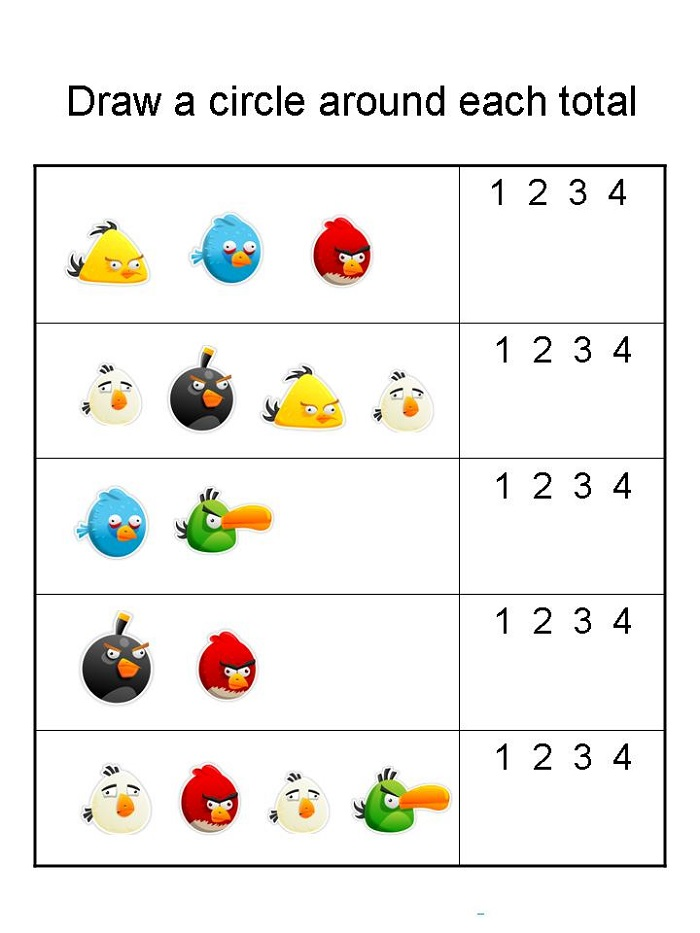 Let them count how many Lego bricks there are on the object they build and then let them build something. This sensory activity for toddlers will help their motor skills and counting skills develop at the same time regardless of their skill levels.
Let them count how many Lego bricks there are on the object they build and then let them build something. This sensory activity for toddlers will help their motor skills and counting skills develop at the same time regardless of their skill levels.
10. Count jumps
Kids love jumping so much and counting how many jumps they can do will certainly make them more excited. Ask them to count the number of times their feet touched the ground. And if you have more than one child, whoever has the highest number of jumps will be the winner of this counting game.
11. Count things outside on a walk
When you’re out on a walk with your toddler, let them count the number of trees they can see or how many cars pass by. You may be surprised to find out counting is easier than you think for toddlers and counting objects on walks will help their counting skills develop as well as improve their verbal communication skills.
12. Count the Stars
If you’re out camping, counting stars is a great counting activity for toddlers. Ask them how many they can see and give them some time to count themselves before letting them tell you what number of stars they counted. You can also introduce them to constellations like the Big Dipper and the Small Dipper.
13. Recognise shapes and count the sides
Shapes are a great example of counting. Show them how counting the sides of the shapes will help you recognise what the shape is, then ask your child to point out different shapes and count their sides for you.
14. Count stacking cups
This is a game perfect when you are on the beach. Let them stack cups filled with sand and count how many layers they have. Then, ask them to count how many cups are there in total and predict if the sand will spill over or not after counting all of them.
15. Play with counting blocks
Counting blocks are a great educational toy for teaching counting skills to toddlers, as well as geometry concepts like size comparison and spatial awareness at an early age. It also develops sensory processing abilities by making the child feel the blocks move rather than watching them be moved. Ask your toddler to count how many counting blocks you have and stack them up, then ask them to take a few away while telling you what number they have left with or which counting block they took out of the pile.
Enrol them now!
There you have the top counting activities for toddlers. They are fun and educational at the same time, so your kids will never get bored with counting. Introduce them to counting at an early age, so they will be prepared for maths once they start school.
Here at Okinja ELC, we build children’s foundation of learning and independence to help them become lifelong learners.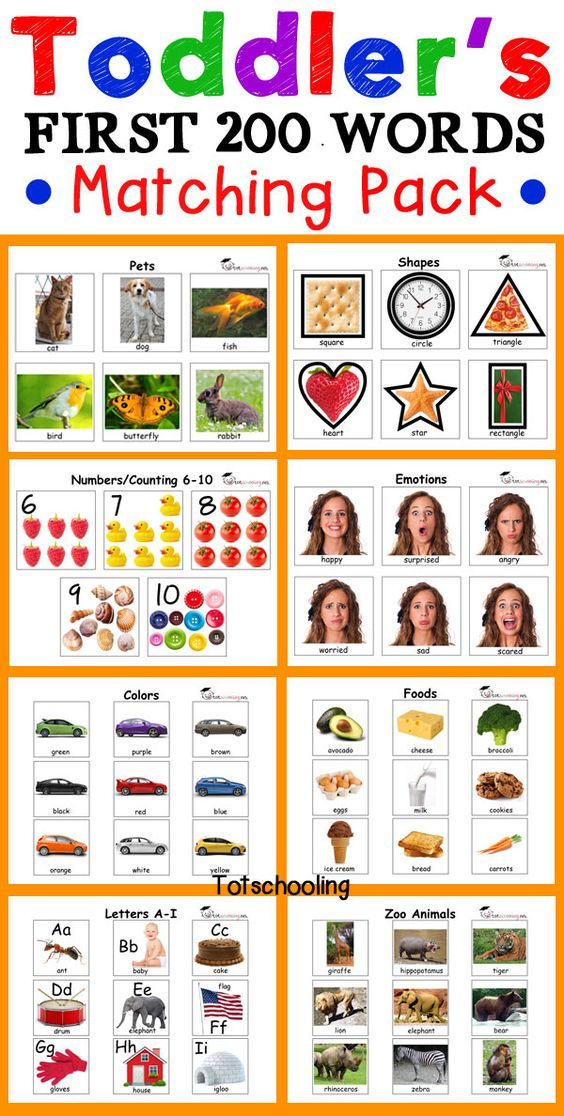 What are you waiting for? Check our location here.
What are you waiting for? Check our location here.
Toddler Counting Activities - My Bored Toddler
Why not share this post!
27.9K shares
- Share58
- Tweet
These toddler counting activities are a great way to teach toddlers to count and recognize numbers using counting games and play based activities.
Counting and number recognition are skills that toddlers will learn through games, activities and play. The more you talk about numbers and point them out in real life, the more inquisitive they will be.
Just like exposure to reading and books is so important, the same applies to numbers. We like to play 'number detectives' and look for numbers when we are out and about. Try to count whenever you get the chance (walking up steps, counting crackers for lunch, counting how many shoes etc).
The key to counting is learning one to one correspondence (pointing to each item and allocating it a number).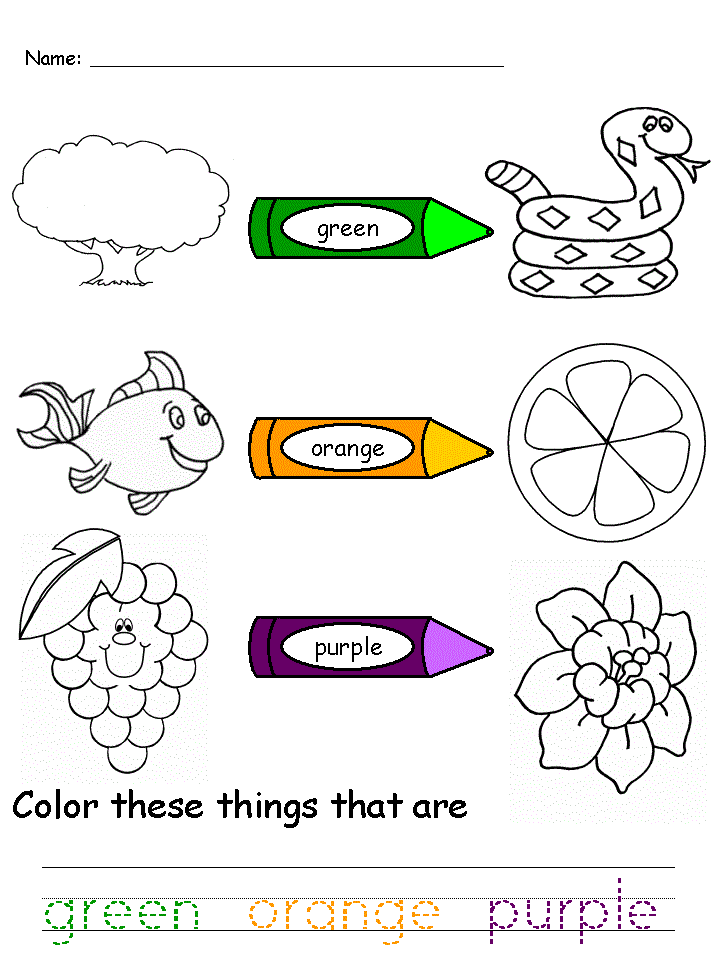 These counting activities for toddlers are a great introduction, and I'm sure they'll have lots of fun with them! You may like to try these activities in conjunction with our ABC Activities for Toddlers.
These counting activities for toddlers are a great introduction, and I'm sure they'll have lots of fun with them! You may like to try these activities in conjunction with our ABC Activities for Toddlers.
Play Based Number & Counting Activities
These number do-a-dots have been very popular in our house and there are so many ways you can use them. Get the free printable HERE.
More fun toddler counting ideas to explore at home
Powerful Mothering - Counting Caterpillar Busy Bag
Toddler Approved - Race to Lose Tooth Counting Game
Stir the Wonder - Count and Smash Play Dough
School Time Snippets - Counting Ice Cream Scoops
Nurture Store Blog - Straw and Pom Poms Counting Game
Glued to My Crafts Blog - Counting Dinosaurs Game
Tutus and Tea Parties - Number Counting Box
School Time Snippets - Counting Raindrops
A Little Pinch of Perfect - Counting Activity with Play Dough
Rainy Day Mum - Frog Counting Game
The Imagination Tree - Count and Sort Posting Box Game
I Heart Crafty Things - Counting Crocodiles
Toddler Approved - Lily Pad Math Hop
Modern Pre-school - Bee Pollen Counting Activity
I Can Teach My Child - Animal Cracker Counting
The Pinterested Parent - If You Give a Mouse a Cookie Counting Game
Where Imagination Grows - Craft Stick Tactile Counting Game
School Time Snippets - Fish Fingerprint Counting Activity
The Elementary Math Maniac - Magnetic Craft Stick Counting Activity
Best Toys 4 Toddlers - Fish Crackers Counting
Kids Activities Blog - Counting Garden
Life Over C's - Sily Monsters Counting to 10
Click Pray Love - Counting with Bowls and Pom Poms
It's Our Long Story - Counting Ducks
If you are looking for some great counting and number resources we have found a few of our favorites from Amazon.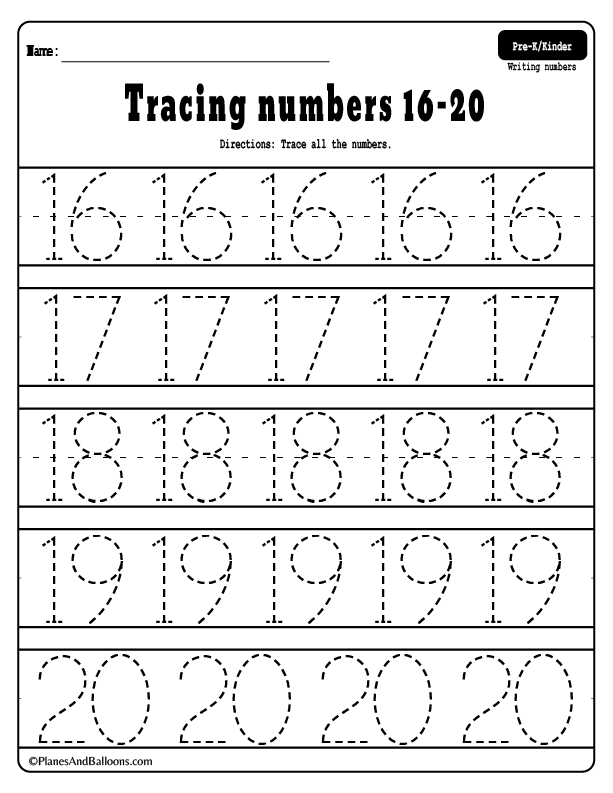
For more fun toddler activity ideas why not join our Facebook Group or follow us on Instagram - follow @myboredtoddler and use #myboredtoddler.
Some posts you may enjoy are our Indoor Activities for Toddlers
and The Very Hungry Caterpillar Activities for Toddlers
Mathematics for kids 2-3 years old. Learning to count. Games and exercises.
What should be the math for kids 2-3 years old? Fun and exciting! Entertaining games develop a child's interest in counting, numbers, simple mathematical operations. Your patience, imagination and perseverance will be the key to success.
Audio version of the article "MATHEMATICS FOR KIDS 2-3 YEARS" The audio tag is not supported by your browser. Download. BABY MATH 2-3 YEARS
Contents
Mathematics for children. How to start learning numbers
One to Many Math Game
Learning to Compare Greater, Less, Equals
- Butterflies on Daisies
- Bunnies with Carrots
Counting Games 0 23 903 Ratio 0 23 numbers and objects
- Numbers and cubes
- "Lost"
- Fun exercise
First examples.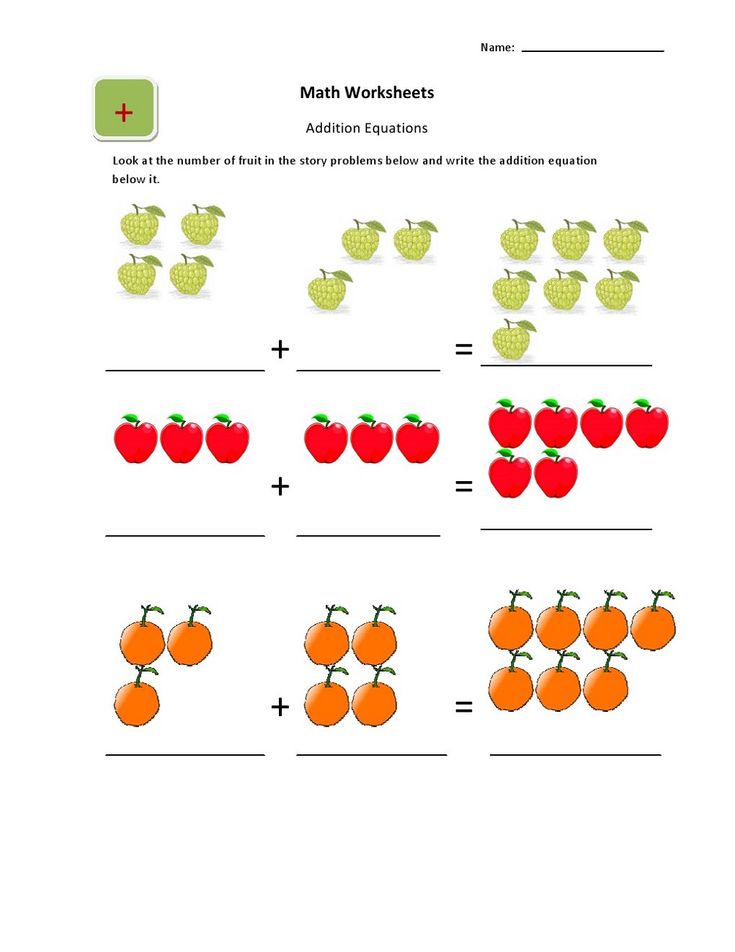 Learning to add and subtract
Learning to add and subtract
Babies learn the world around them very actively and absorb new knowledge like a sponge. It is important to feed this attraction, but at the same time not to overload the child. The age of 2-3 years is the time to consolidate knowledge and get acquainted with colors, shapes and quantities.
The task of parents is to help the child learn to understand numbers and visualize them clearly. For example, what is “five pears”, is it more or less than three, etc. We have prepared interesting games for fixing the score, comparison, as well as the ratio of numbers and objects. Open the fascinating world of mathematics to your child. nine0003
Mathematics for children. Where to start learning numbers
From the age of two, children's thinking develops at a rapid pace. It's time to introduce your child to simple mathematical concepts and counting. Kids already know a lot of geometric shapes, have an idea about the shape and size. Developing games and exercises will help to make friends with numbers and figures.
If you study regularly, then by the age of three you will be able to develop the first mathematical skills:
- baby will learn sequential counting from one to five;
- will understand the difference between "one" and "many";
- learn what the words “more, less, equally” mean, get used to comparing groups of objects;
- will remember the graphic representation of the first five digits, be able to recognize them on the cards and compare them with the quantity;
- will recognize the signs “+” and “―”, learn how to perform simple addition and subtraction examples.
At first, the baby learns to count objects by pointing or touching them. So it is easier to join the visual-figurative thinking. To make counting a habit, ask your child to help you. Let him bring a certain number of spoons, apples, socks. nine0003
An indispensable condition for success is the good mood of the child and mother, praise for the efforts of the crumbs. Noticing signs of fatigue, take a break: let the baby jump, run, rest. A quarter of an hour a day is enough for casual activities.
Noticing signs of fatigue, take a break: let the baby jump, run, rest. A quarter of an hour a day is enough for casual activities.
One-to-many math game
By the age of 2, children already know the word “many” and understand what it means. It's time to teach your baby to compare different numbers of objects. As a result of the game, the child should form an idea of how “one” differs from “many”. nine0003
Give the child a basket with five balls or marbles. Ask: What is in the basket? (balls). How many balls? (many). I'll take one ball. You, too, take one ball. How many balls do you have? (one).
Let's give one ball to the bear and one to the duck. How many balls are left in the basket? (one). How many were there at the beginning of the game? (many).
“There were a lot of balls in the basket, but there was only one left. Now we will collect all the balls in the basket. Put your ball in there. Take another ball from me. Take the balls from the bear and the duckling.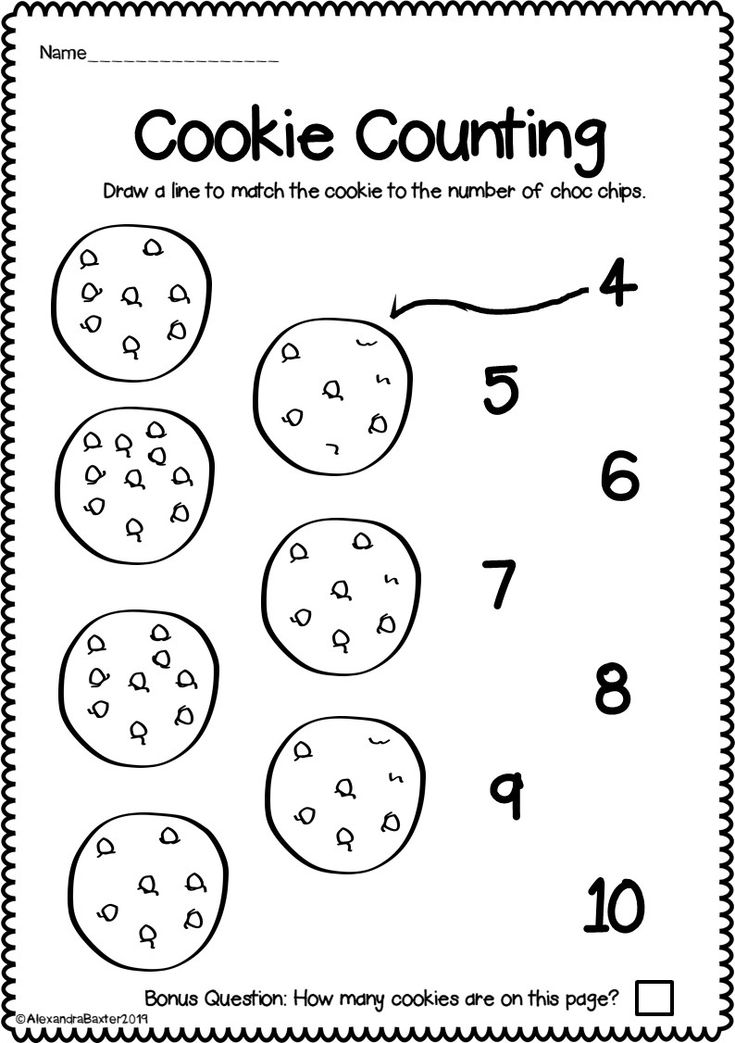 " The kid collects balls. “There was one ball in the basket, but how much is it now?” (many). nine0003
" The kid collects balls. “There was one ball in the basket, but how much is it now?” (many). nine0003
To fix the mathematical concepts “one” and “many” in children's memory, use everyday situations more often: “How many apples are on the table - one or many? (one). What about nuts? (many)".
Use cards with pictures of one or more familiar objects: fruits, vegetables, geometric shapes. First, ask the child to find pictures with one object. Then change the task: you need to show cards where many objects are drawn.
You can download all the pictures from the gallery by clicking on the button below. nine0003 Download pictures
Learning to compare "More, less, equal"
We continue to introduce the kid to mathematics. Next in line are games and exercises with comparison of populations. Comparing the number of objects, the child learns to determine the difference: less, more or the same.
Butterflies on Daisies
Draw a row of five large daisies on a piece of paper.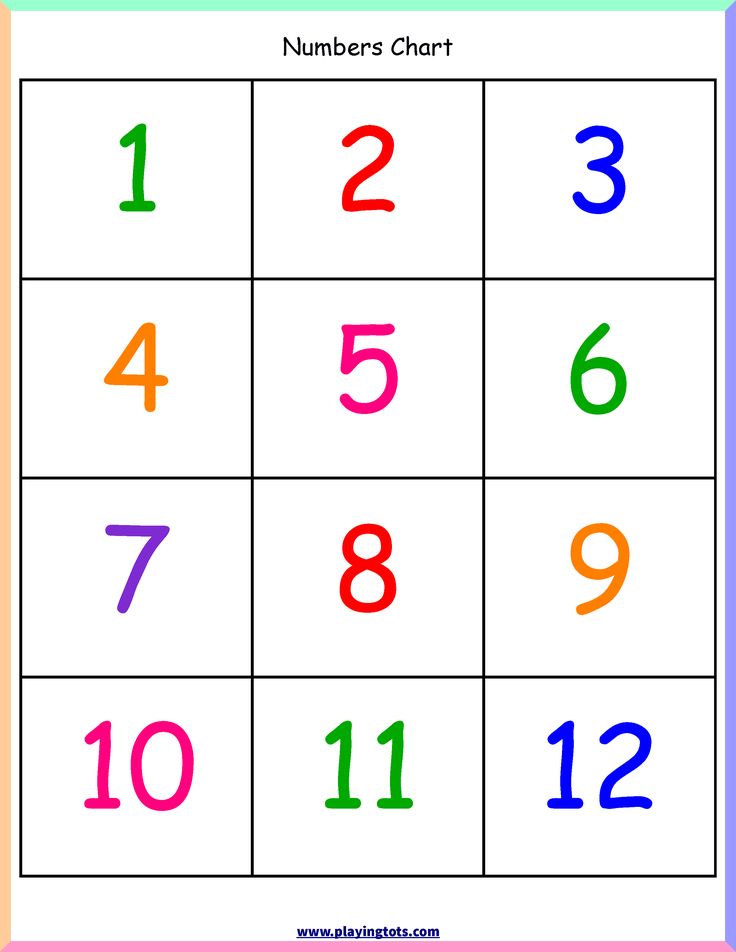 Cut out 5 paper butterflies or use pre-made ones. Sit the baby at the table and start the game. nine0003
Cut out 5 paper butterflies or use pre-made ones. Sit the baby at the table and start the game. nine0003
“Daisies have grown in the meadow. How many? Let's count. Well done three.
Beautiful butterflies have arrived. Count how many butterflies? That's right, four. Each butterfly sat on a chamomile (put three butterflies on the flowers, and the fourth one next to it). Look, one butterfly was not enough flower.
Think about why it happened? What do we have more, butterflies or daisies? Well done, there are more butterflies - 4, and fewer flowers - 3 (show cards with numbers). Repeat after me.
Look, one butterfly has flown away. How much is left? That's right, 3. What about flowers? Also 3. Now there are as many daisies as butterflies. nine0003
Another butterfly has flown away. Now what is more, flowers or butterflies? More flowers, well done.
How many daisies? Three. And there are 2 butterflies, one less. What needs to be done to make flowers and butterflies equally? That's right, remove one chamomile.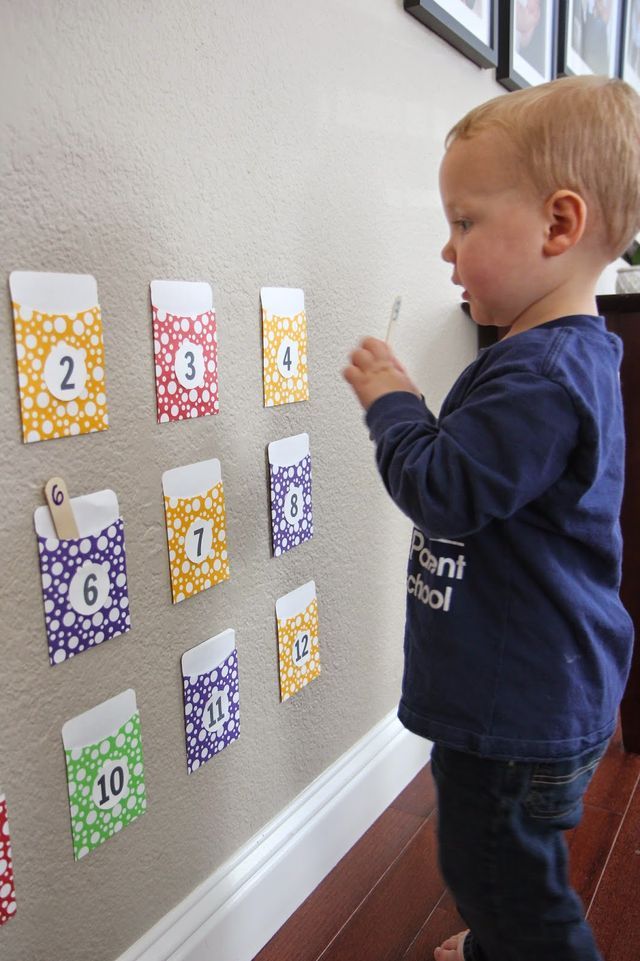
When saying numbers, show cards with the correct numbers. As the game progresses, ask the baby to repeat new words: more, less, equally, the same.
Bunnies with carrots
The game strengthens the skills of counting and quantitative comparison. Designed for children 2, 5-3 years old. Our task is to teach kids how to establish equality between groups of objects. nine0003
You will need images of five identical hares and five carrots, a sheet of paper. Draw one under the other 2 parallel lines. The distance between them should be sufficient to accommodate the figures.
Have your child place 4 bunnies on the top line and 5 carrots on the bottom line. Make sure that the figures are located exactly one under the other.
This makes it easier for the child to determine the difference in the number of objects.
Ask your child what is more - hares or carrots? Offer to count. What can be done to make them equal? That's right, remove 1 carrot.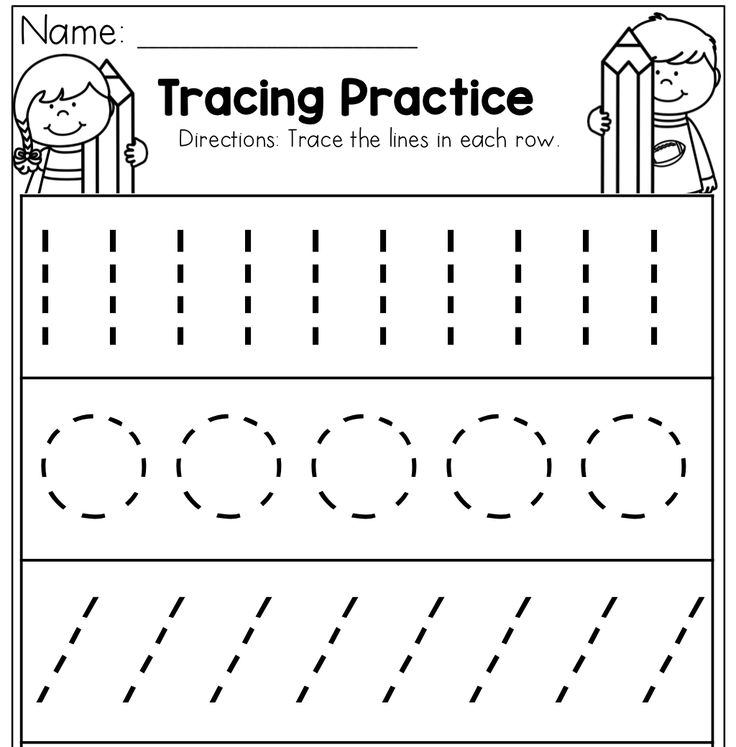 nine0003
nine0003
And if you don't remove the carrot, how can you make it equal? That's right, plant another bunny. How many rabbits are there now? Five. What about carrots? Five. What more? That's right, they are equal.
Such games and exercises teach the baby to operate with the concepts of "greater than, less than, equal to".
Exercises for Consolidating Counting to 5
Start your training with sequential counting within five. Remember that the purpose of classes is to captivate the baby with mathematics. To maintain interest, we learn to count casually. nine0003
Let's ask the child to help in the kitchen: “We'll have lunch soon. Who will sit at the table? Anya - one, dad - two, mom - three, grandfather - 4, grandmother - 5. Repeat after me. Help mom, get 5 large spoons from the tray so that everyone has one spoon.
Young children willingly imitate the actions of their mother. Helping around the house, the kids at the same time reinforce the skills of mental counting.
Show your baby how to count fingers. Children like rhyming counting rhymes: "One, two, three, four, five, let's count our fingers!". nine0003
Do your counting whenever possible. Count toys, spoons, fruits, animals in a book, cars in the yard. Don't forget that math for 2-3 year olds is supposed to be fun.
Little children love entertaining games:
1. The dog wants to go for a walk, but Masha is sleeping. The dog wakes up the girl, jumps and barks: woof-woof! How many times has the dog barked? Show on your fingers. Repeat for several variations.
2. The kitten is calling its mother. Take a soft toy and say "meow" 4 times. How many times did the kitten meow? Show 4 fingers. nine0003
Teach your child to show numbers in different ways. Explain that the number 5 can be shown on one palm or otherwise: 3 fingers on the right hand, and 2 on the left. So the baby learns that numbers are decomposed into component parts. In the future, this will help solve examples for addition and subtraction.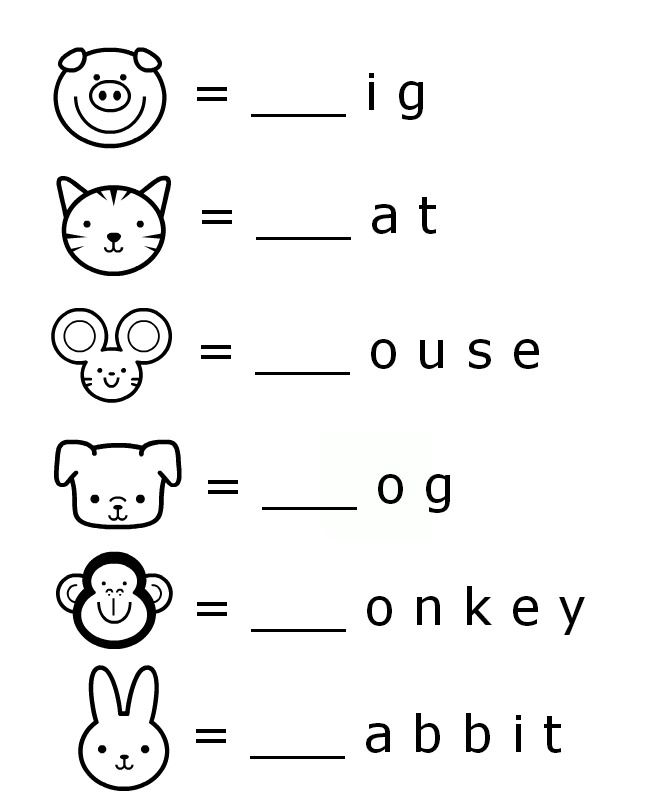
Games for the ratio of numbers and objects
It is convenient to introduce your baby to numbers while walking. Show and call the numbers of houses, cars, apartments. So the child will quickly remember the graphic image and the names of the numbers. nine0003
The next task is more difficult. You have to figure out how many items are hidden behind each number. Place in a conspicuous place a table or cards with large numbers, supplemented with images of familiar objects in the right amount.
Pictures must be uniform, eg squares. One square will be drawn next to the number 1, two squares near the two, and so on. Pay your child's attention to these images more often. Gradually, the child will understand the connection of numbers with the number of objects. Additionally, educational games and exercises will help. nine0003
Numbers and cubes
Show the child the card with the number 1, ask for one cube. Continue to number 3. The child needs to count and bring the correct number of cubes. Show how to complete the task.
Show how to complete the task.
If there are no difficulties, go to the count up to 5. With the help of a simple exercise, the baby will learn to correlate the number of objects with the number. It is convenient to use magnetic numbers that are attached to the refrigerator or a special board.
"Lost"
You will need numbers from 1 to 5 on cards or made of dense material. The game is played on a children's rug. Lay out piles of any small items in advance: pebbles, nuts, balls.
Explain to the child that the numbers are lost, they cannot find their place, they need help. Instruct your child to find the pile corresponding to each number and place the “lost” next to it.
Cheerful exercise
We've had a good workout, it's time to exercise. Mom shows cards with numbers and gives tasks: number 3 - you need to jump 3 times, 2 - squat down and so on, up to number 5.
First examples. Learning to add and subtract
The kid already knows how to count up to 5, correctly recognizes numbers, knows the concepts of "more", "less", "equal". It's time to get acquainted with the first arithmetic operations: addition, subtraction, plus and minus signs. As before, we learn to count through the game.
It's time to get acquainted with the first arithmetic operations: addition, subtraction, plus and minus signs. As before, we learn to count through the game.
To prepare your child for classes, introduce new words into everyday use: add, subtract, become more/less. Let's say a kid collects beautiful pebbles on a walk. nine0003
Mom asks: “Show me how many stones you have? (3). I will add one more, there will be more pebbles. How much did it turn out? (four). We put together 3 pebbles and 1 pebble. There are 4 in total. And if I take away 2 pebbles, how many will remain? (2). Pebbles became 2 less”.
Use 5 items of the same type in class: nuts, candy, buttons, or cubes. Prepare cards with numbers up to 5 and signs "+" and "-".
Mom says to the baby: “To learn how to count like mom and dad, you need to know numbers and signs. We are already familiar with the numbers. Three major signs arrived today. Their names are Plus, Minus and Equals. A truck drives up, in the back there are cards with images of signs.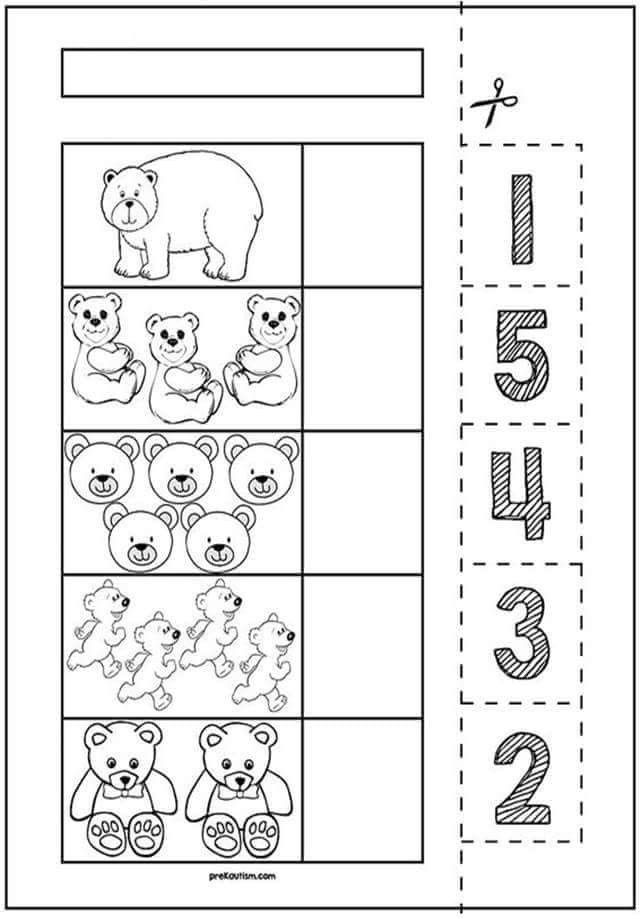 nine0003
nine0003
“Look how you can play with signs. Plus, he likes to add everything up, he likes to add, to do more. For the child to remember the name of the sign, read the rhyme: “Plus will help us play, add and add!”.
Place 2 cubes side by side. Ask the baby: “How many cubes are on the table? (2). Now I will put the Plus sign, and you add 1 more cube. Are there more or less cubes? (More). How much more? (On 1). Now let's put an equal sign, it will show what we got. Put an "=" sign next to the last die. "How many cubes are there? (3)". nine0003
In the same way children are introduced to subtraction. Use the rhyme "Minus loves to reduce, subtract and subtract!". If the child can easily cope with tasks, complicate the task.
Have your child point out the number cards as you go. From this one step to classes with examples. As a result, the baby will learn that when adding, the number of objects increases, and when subtracting, it decreases.
Accessible mathematics for kids 2-3 years old is useful because it develops attention, logical thinking and ingenuity. During everyday games and walks, the baby learns new concepts. Lessons with counting and numbers become familiar and interesting. nine0003
During everyday games and walks, the baby learns new concepts. Lessons with counting and numbers become familiar and interesting. nine0003
Mathematics for children 3-4 years old. Counting up to 10. Games and tasks for printing
At the age of 3-4 years, children have their first ideas about mathematics. To continue introducing your baby to the world of numbers and shapes, we offer parents to stock up on an arsenal of exciting activities. Remember that the most effective way to teach a child is through play. So knowledge will fit in the head of a young researcher much better, and interest in knowledge will only increase.
Audio version of the article "MATHEMATICS FOR CHILDREN 3-4 YEARS OLD. LEARN COUNTING TO 10" The audio tag is not supported by your browser. Download. MATHEMATICS FOR CHILDREN 3-4 YEARS. LEARN COUNTING TO 10
Contents
Mathematics for children. We continue to study the numbers
Exercises for consolidating the account up to 10
- We play and remember the sequence of numbers
- Children's counts on the account up to 10
Games for the ratio of numbers and objects
- games with cards
- paint the number
- play in shop
- Puzzle games
Learning to compare “How much more is how much less”
- Treat your friends
- Compare cards
- Who is more
The first addition and subtraction examples.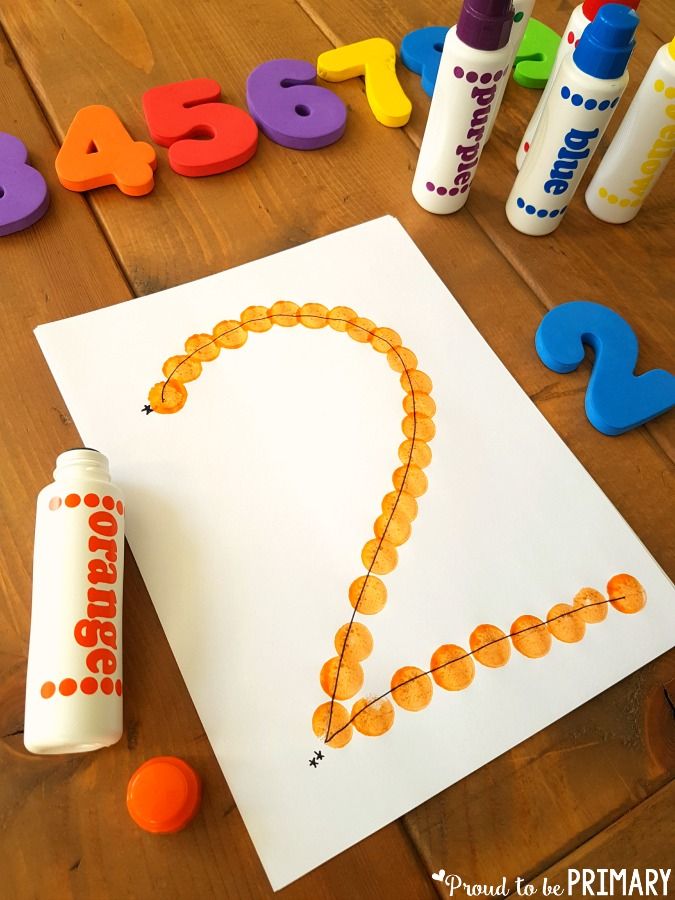 Learning to equalize objects
Learning to equalize objects
Children 3-4 years old are distinguished by high cognitive activity. Toddlers can perform simple operations within 5: count in order, recognize numbers, compare the number of objects. A three-year-old child understands the meaning of the words "more" and "less", has an idea about addition and subtraction.
If the baby still does not know how to count, then our advice from the article “Mathematics for kids 2-3 years old. Learning numbers and learning to count” will help teach him. By the age of 4, children will have to master counting up to 10, learn how to act with new numbers. nine0003
Mathematics for children. We continue to study the numbers
Math classes with children 3-4 years old introduce new concepts to kids. This age group has its own characteristics. At the age of 3, the visual-effective type of thinking is gradually replaced by a visual-figurative one. Kids learn to perform simple tasks not only with objects, but also with numbers.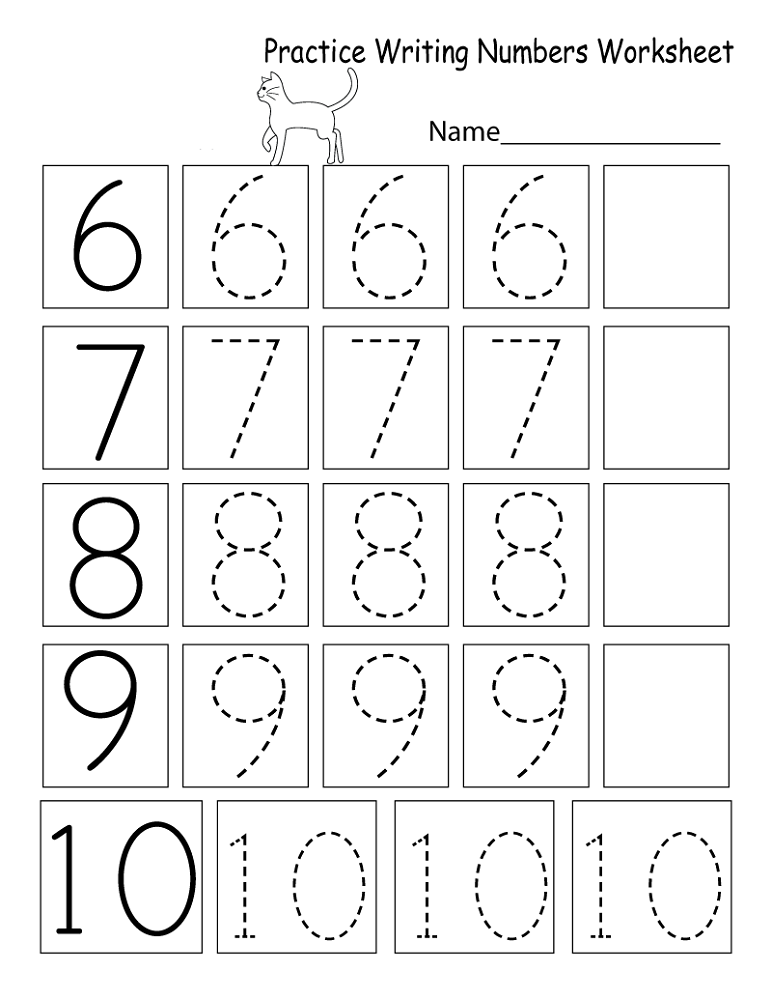
It's time to learn to count up to 10. Learning mathematical counting rhymes for the little ones makes the lessons interesting and exciting. In a fun atmosphere, children better remember new numbers, are able to solve the first examples. Using the right games and printouts will help you make friends with math. nine0003
Exercises to consolidate counting up to 10
Once your child is good at counting up to 5, move on to the next step. If the baby is still confused in numbers, return to the previous exercises. In mastering the account up to 10, difficulties may arise. This is fine. Repetition of the material, consistency and patience of adults will support the cognitive interest of the baby.
Let's play and memorize the sequence of numbers
Available games and exercises are designed for children 3-4 years old. With their help, the kid will master the quantitative and ordinal count within 10, learn to call neighboring numbers. nine0003
Divided pictures
For games, funny pictures are used, cut into equal strips vertically or horizontally.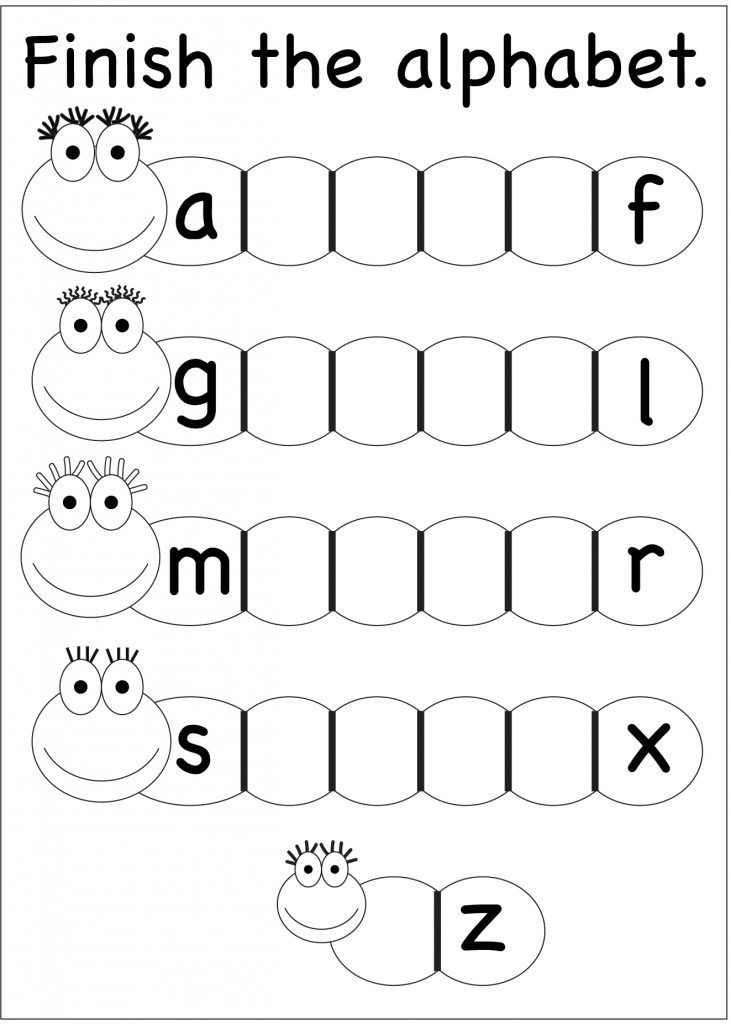 From them you need to make a complete image. The hint is the serial number located on each part.
From them you need to make a complete image. The hint is the serial number located on each part.
Sequentially arranging the numbers, the baby will be able to correctly fold the picture. The game forms in children an idea of the whole and the part, teaches counting up to 10, helps to remember the order of numbers.
You can download split pictures on our website. nine0003 Download 12 pictures
Confusion
Place a bucket with numbers made of plastic or on cards in front of the baby. Tell them that they went for a walk and walked in order one after another. But suddenly a strong wind came up, whirled everyone and mixed up the row.
You need to help the numbers and build them again from 1 to 10. Try it yourself (the child builds a numerical sequence). Ready? Now let's check if the numbers are correct? Count out loud (the baby performs an ordinal count). Well done, that's right (in case of an error, ask to think and correct). nine0003
Find neighbors
Have your child build a sequential row of cards with the first ten numbers.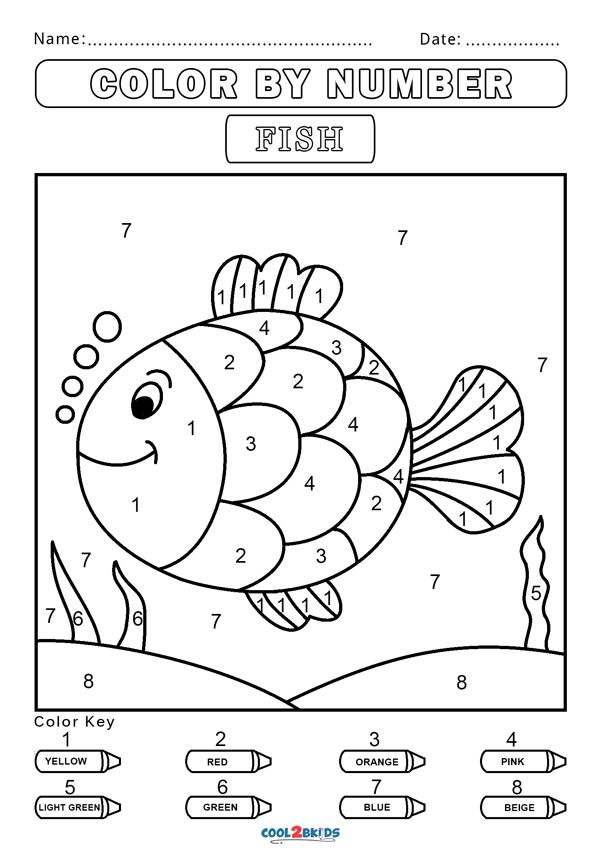 Ask what are the neighbors of the number 4 on both sides (answer 3-5), 6 (5-7), 9 (8-10)?
Ask what are the neighbors of the number 4 on both sides (answer 3-5), 6 (5-7), 9 (8-10)?
If the task is beyond your strength, ask the neighbor who stands in front of the numbers 6, 8, 10 (answers 5, 7, 9.)
Who knows, let him keep counting
This game is quite difficult, designed for children from 3.5 years old. One player says any number up to and including 7. The second one needs to name the next 3 numbers. For example: if 2 - then 3, 4, 5, if 4 - 5, 6, 7.
The first number is called by the child, the adult shows how to answer correctly. Then the players switch roles. To make the task easier for the baby, you can use cards with the corresponding numbers for clarity.
Connect the dots
The game helps to remember the sequence of counting up to 10. Give the baby a sheet with dots and numbers from 1 to 10. Ask: “Do you want to know what is drawn here? Then take a pencil and connect the dots in order, from the smallest number to the largest.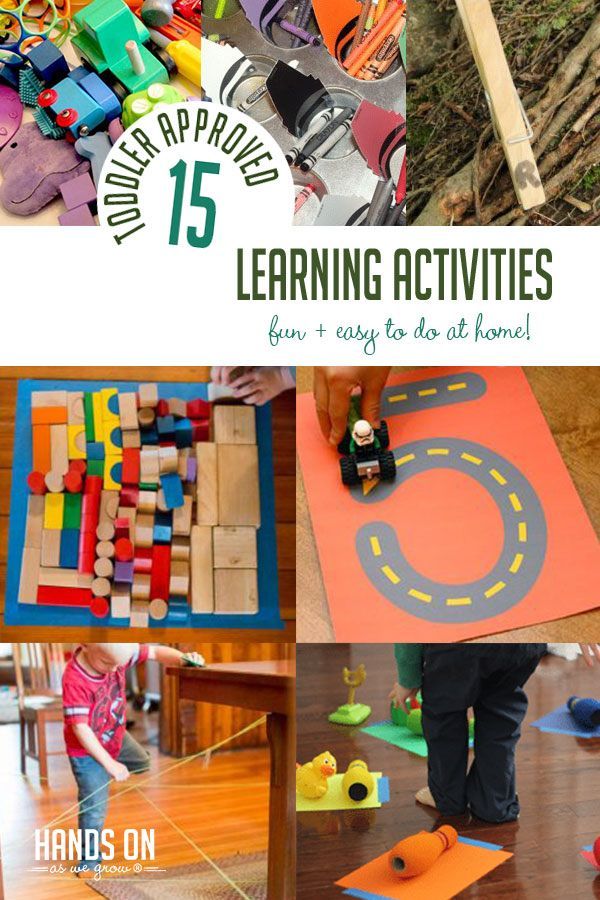 Say each number out loud. nine0003
Say each number out loud. nine0003
What is the smallest number? One. So, with what number should I start, show me? That's right, number 1. Go on. Who did you get? Kitten, well done! Now you can color the picture, it will be bright and beautiful. If the child is confused, repeat the ordinal count with him.
You can download pictures for the game on our website under the gallery.
Download 8 pictures
Children's counting rhymes up to 10
Poems and rhyming rhymes make math fun and entertaining for children 3-4 years old. They can be supplemented with story games or used separately. We offer you to watch a funny musical cartoon-counting. nine0003
Toddlers like short counting rhymes because they are easy to remember. Here are some examples.
Counting from 1 to 10
We learned to count.
Well, then we don't know,
Maybe we can count together
Six - we love to eat sweets,
Seven - we help everyone,
Eight - we won't leave our friends in trouble.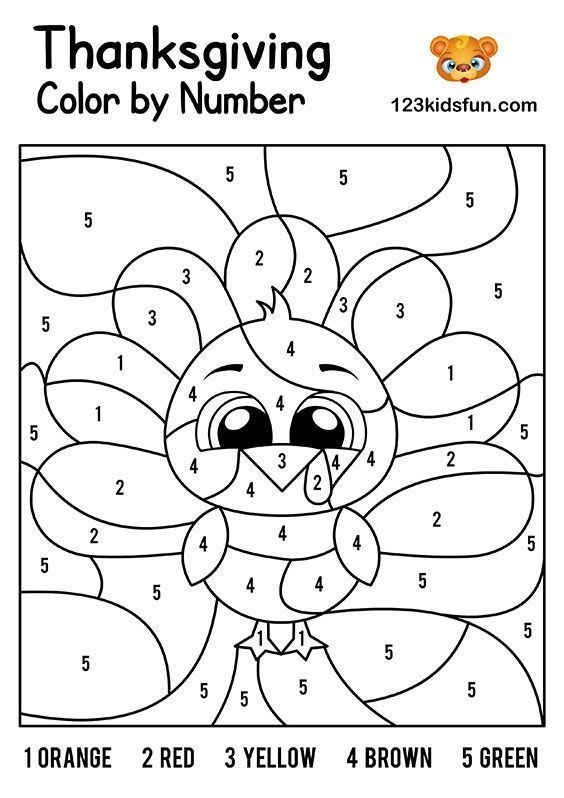
Nine - learning by five,
Ten - finished counting.
Author A. Metzger
Ten crows
I decided to count the crow:
One, two, three, four, five Nine - feeds crows ...
Well, ten is a jackdaw.
So the counting rhyme is over
(folk)
A popular poem by S. Ya. Marshak will help you remember what the numbers look like and learn how to count them.
“Funny account. One to ten"
Here is one or one,
Very thin, like a knitting needle,
And here is the number two.
Admire how it is:
The deuce arches its neck,
The tail drags behind it.
And behind the deuce - look
The number three appears.
Three of the badges
Consists of two hooks.
Three followed by four,
Sharp elbow of a bulge.
And then she went dancing
Number five on paper.
Stretched out her hand to the right,
Sharply bent her leg. nine0375 Number six - door lock:
nine0375 Number six - door lock:
Hook above, circle below.
Here is a seven - a poker.
She has one leg.
Eight has two rings
Without beginning and end.
Number nine or nine
Circus acrobat:
If it stands on its head,
Number six nine will become.
A number like the letter O
This is zero or nothing.
Round zero is so pretty,
But it doesn't mean anything!
If on the left, next to it
Applicable unit,
He will weigh more,
Because that's ten.
Write these numbers in order
in your notebook.
I'm talking about every now
I'll compose a story for you.
S. Marshak
The full version of the book can be bought at the Labyrinth store.
Games for the ratio of numbers and objects
We continue to acquaint the baby with the numbers of the first ten. We teach the child to recognize numbers from 1 to 10 and correlate with the same number of objects.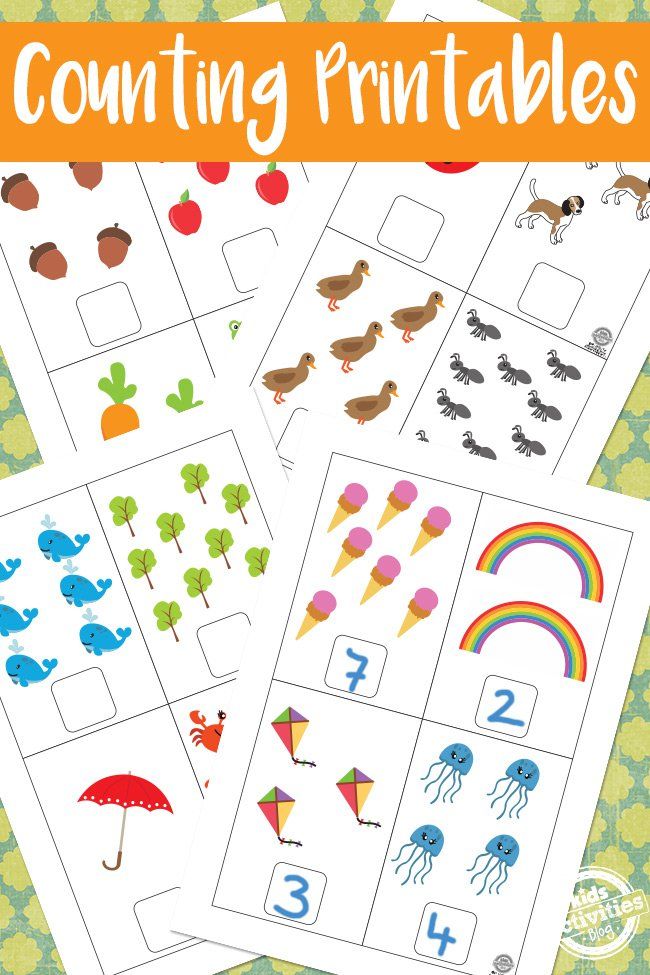 Mathematics classes for children aged 3-4 include more complex tasks than a year ago. nine0003
Mathematics classes for children aged 3-4 include more complex tasks than a year ago. nine0003
The baby will have to deal not only with real objects, but also with their image on cards or pictures. A selection of available games and printable tasks will make your task easier.
Card games
First you need to consolidate the skills of recognizing new numbers. Prepare two types of cards: one with pictures, the other with numbers. To captivate children, participate in the game as equals.
Place the picture cards on the table. Put the numbers from 1 to 10 in a box, put them next to each other. Each participant in turn takes out a card with a number. It is required to find a picture with the same number of objects. nine0003 Download cards for the game
Color in the number
You will need special cards for the lesson. These fit well.
If you use a pencil, it will be more interesting. Have your child count the number of items on each card.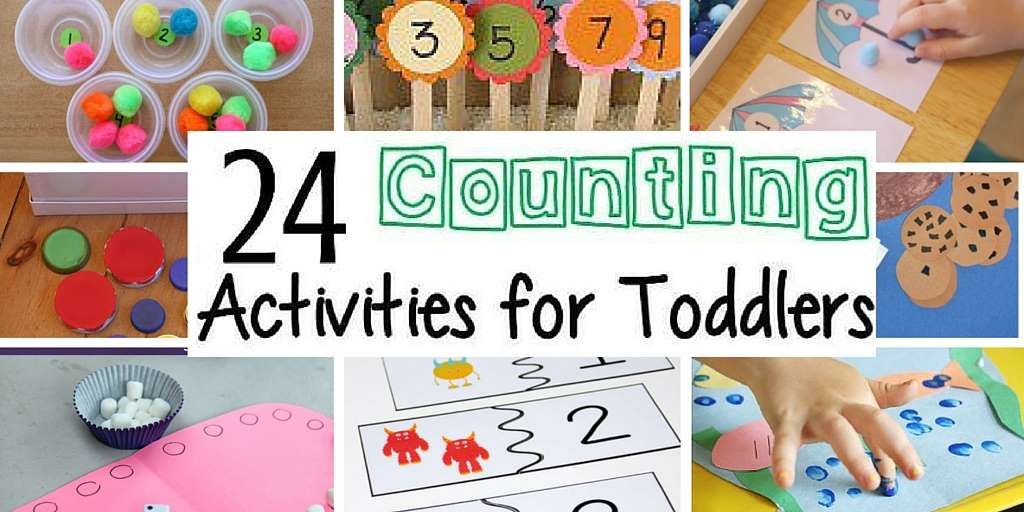 Ask them to show and circle the appropriate number.
Ask them to show and circle the appropriate number.
Ask: How many apples are in the picture? (three). Show the number 3. That's right, you can paint over the box.
Download 2 sheets with cards
Playing shop
Kids imitate adults in everything and participate in the game with pleasure. Mom and dad are the buyers, the child is the seller. Use cards with different amounts of fruits, vegetables, toys, nuts. There should be no more than a dozen items in one picture.
Instead of money, they use cards with numbers from 1 to 10. The buyer comes to the store, gives a card with the number 3 and asks to sell tomatoes. The seller needs to find the goods in the right quantity and hand them to the buyer. nine0003
Puzzle games
Toddlers can already make simple puzzles. The skill is useful for doing mathematics with children 3-4 years old. A variety of visual materials and tasks maintains interest in exercises, develops perseverance.
Double puzzles consist of two parts.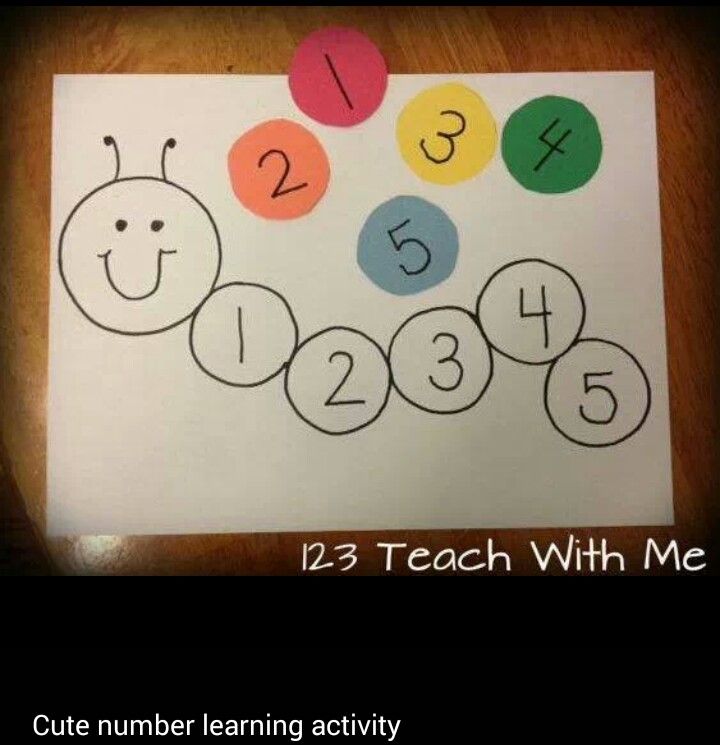 One shows a number from 1 to 10, the other shows the same number of familiar items (fruits, birds, flowers, circles). By folding the halves, the child learns the ratio of numbers with the number of objects. nine0003
One shows a number from 1 to 10, the other shows the same number of familiar items (fruits, birds, flowers, circles). By folding the halves, the child learns the ratio of numbers with the number of objects. nine0003
Puzzles for classes can be downloaded here.
Download puzzlesCut the cards printed on the printer along the center line. Ask your child to find the matching halves and put together some puzzles.
The first version of the game: match the second part to the number. The second is to find a half that matches each picture. It is convenient to use reusable wooden puzzles. You can buy them in the Ozon online store.
Learning to compare “How much more to how much less”
In math classes between the ages of 2 and 3, the child learned to compare populations. He knows how to operate with the concepts of “more, less, equally”. At 3.5 years old, the child is able to determine the difference in numerical terms, to count how many items are more or less. You can develop the skill in everyday games with practical examples.
You can develop the skill in everyday games with practical examples.
Treat your friends
3 toys came to visit us: a bunny, a clown and a tumbler. You need to give them candy. Take it out of the vase. How many sweets do we have (4)? Which is more - sweets or toys (candy). How much more (one)? Well done, she'll get you. nine0003
Cards can still be used for games. Feed the squirrels with cones. Lay out 4 cards with the image of squirrels, and under them 3 cones. Ask the baby: “Did all the squirrels have enough cones? Not? Who didn't have enough? And let's make squirrels and cones equally?
Lay out a different number of cards each time and let the baby feed all the animals. Download cards for the game on our website.
Download flashcards
Compare flashcards
During the day, between times, show the baby two cards with different numbers of objects. Ask where are more items? How much? Where is less? The child will learn to compare groups and determine the difference in their number.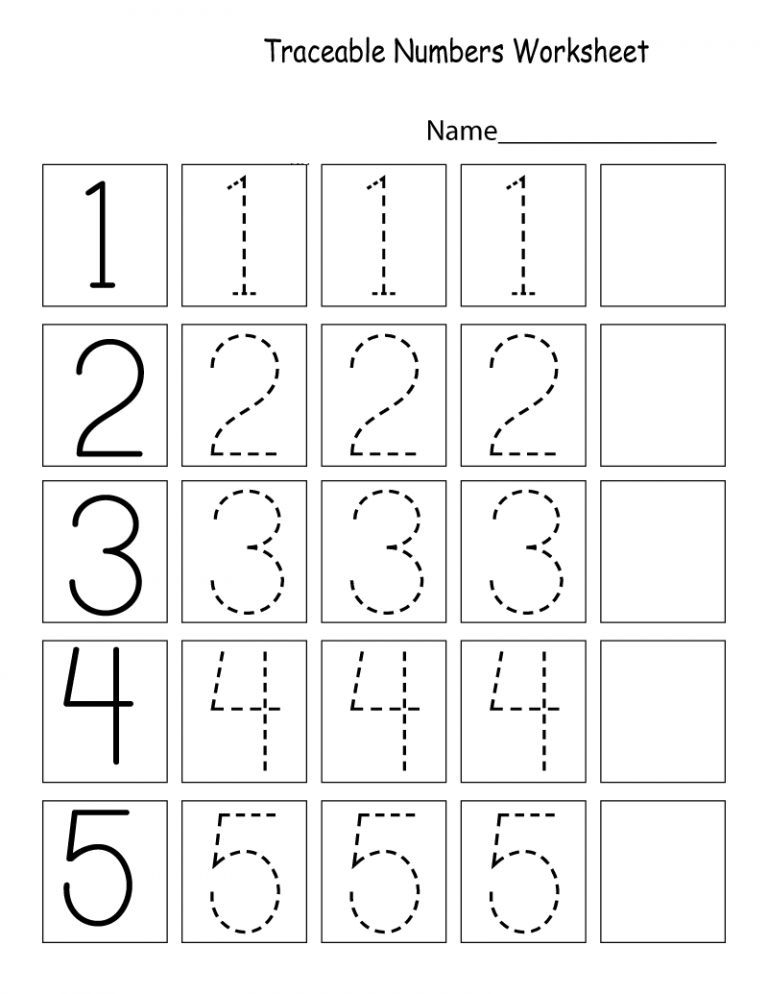 nine0003
nine0003
For children 3-4 years old, you can already use different types of images: figurative pictures and geometric shapes. Let's say there are 3 carrots on one card, and 2 mugs on the second. Or 1 square and 5 chickens and so on. The task of the game is to teach the child to see the quantitative difference, regardless of the characteristics of the objects.
Who is more
An adult says: “Girls and boys are walking in the yard. Instead of boys, there will be squares, instead of girls, circles (puts 6 squares and 4 circles mixed on the table). How many guys are there? And which of them is more? How much? nine0003
Tell the child that it is easy to find out if you arrange the figures in 2 rows, one under the other. How many fewer girls than boys? And now make sure that they were equally.
It happens that it is difficult for a baby to determine the numerical difference. In this case, change the tasks to simpler "Greater than, less than or equal to.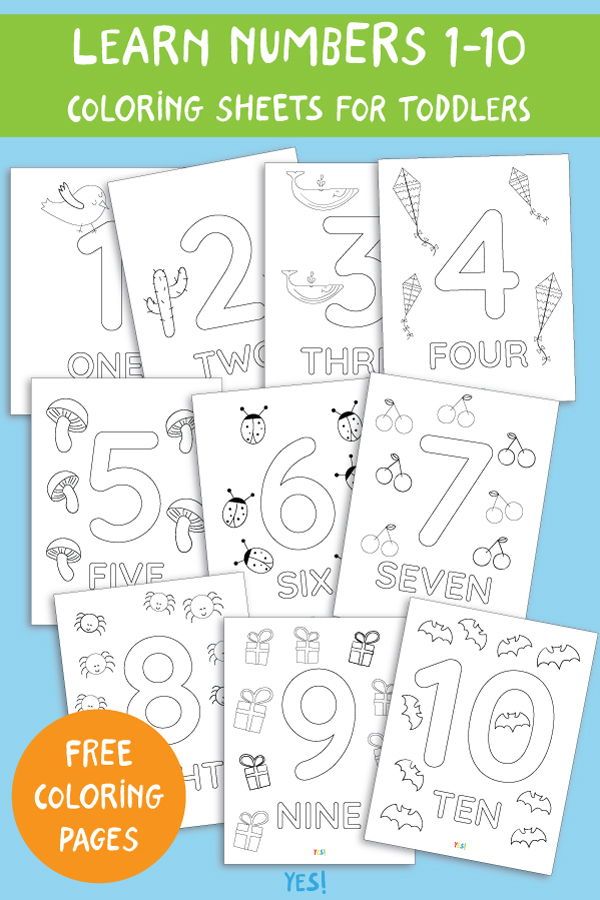 " Cards for the game “One-many” can be downloaded in the article “Mathematics for kids 2-3 years old. Learning numbers and learning to count.”
" Cards for the game “One-many” can be downloaded in the article “Mathematics for kids 2-3 years old. Learning numbers and learning to count.”
First addition and subtraction examples. Learning to equalize objects
Math examples for 3-4 year olds introduce simple arithmetic operations. The child learns new words: subtract, subtract or add, add, learns to use them.
For the first lessons, any compact objects are suitable - nuts, buttons, pebbles, toys. Then move on to the exercises with pictures or cards. For example, like this.
Comparing rows of objects, the baby gets a visual representation of the difference in quantity and fixes the score to 10.
You can take the buttons, and for clarity we will use cards with apples and pears. If you also want to play with cards, you can download them here:
Download cards Ask the baby to lay out two rows of buttons, one under the other. For the top you need to take 6 white buttons, for the bottom - 4 red ones.

